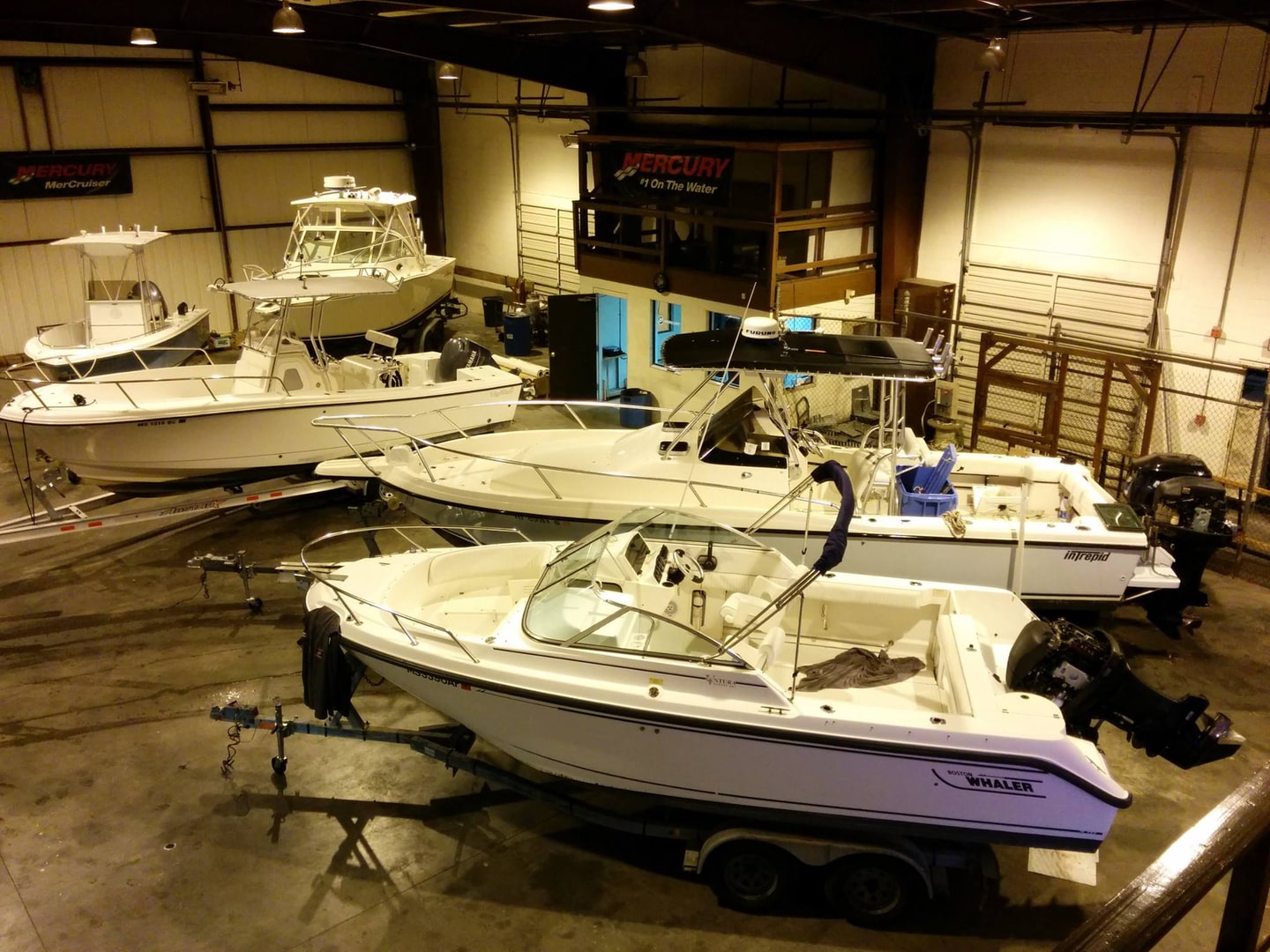Introduction
Ahoy, boat enthusiasts! Owning a boat is a rewarding experience, offering countless opportunities for adventure and relaxation. But like any other investment, it requires regular care and attention to ensure it remains in top condition. In this blog, we will explore preventative maintenance options for boats, helping you to keep your vessel healthy and in shipshape for years to come.
- Regular Inspections
Performing regular inspections is the first and most critical step in maintaining your boat. Schedule periodic checks to identify potential issues before they escalate. Key areas to focus on include:
- Hull and Deck: Inspect for cracks, blisters, and damage that may compromise the integrity of your boat. Address any issues promptly to prevent further deterioration.
- Engine and Fuel System: Check for leaks, corrosion, or damaged components. Replace worn belts, hoses, and filters as needed.
- Electrical System: Ensure all connections are clean and secure, and replace any damaged wiring or components.
- Steering and Propulsion: Inspect the steering system, propellers, and shafts for wear or damage. Lubricate moving parts and replace any worn components.
- Safety Equipment: Verify that all safety gear, such as life jackets and fire extinguishers, are in good condition and readily accessible.
- Proper Cleaning and Protection
Regular cleaning is essential to preserving the appearance and performance of your boat. In addition to removing dirt and debris, it helps prevent the buildup of algae, barnacles, and other marine organisms. Consider the following practices to keep your boat looking its best:
- Wash the exterior with mild soap and freshwater after each use to remove salt, dirt, and grime.
- Apply a high-quality marine wax to the hull and topsides to protect against UV damage and maintain a glossy finish.
- Clean and treat vinyl, leather, and other upholstery to prevent mildew, mold, and sun damage.
- Utilize antifouling paint to inhibit the growth of marine organisms on the hull’s underwater surfaces.
- Use canvas covers or invest in indoor storage to shield your boat from the elements when not in use.
- Engine and Fuel System Maintenance
A well-maintained engine is critical for reliable performance and fuel efficiency. Follow these guidelines to keep your engine running smoothly:
- Perform regular oil and filter changes according to the manufacturer’s recommendations.
- Check coolant levels and replace or top off as necessary.
- Inspect and clean or replace spark plugs as needed.
- Use a fuel stabilizer to prevent fuel degradation and ensure efficient combustion.
- Winterize your engine if your boat will be out of commission during colder months to prevent damage from freezing temperatures.
- Bilge Pump and Through-Hull Maintenance
A properly functioning bilge pump and through-hull system are essential for keeping water out of your boat. Perform these tasks to maintain their efficiency:
- Inspect the bilge pump for debris and ensure it operates correctly.
- Clean and lubricate the through-hull fittings to prevent corrosion and maintain a watertight seal.
- Test seacocks for ease of operation and lubricate as needed.
- Regularly Replace Anodes
Sacrificial anodes help protect your boat’s metal components from galvanic corrosion. Inspect anodes at least once a year and replace them when they are significantly deteriorated. Different types of water (fresh, salt, or brackish) require specific anodes, so choose the correct type for your boating environment.
Conclusion
Preventative maintenance is the key to keeping your boat in top condition and extending its lifespan. By conducting regular inspections, cleaning and protecting your vessel, maintaining engine and fuel systems, and addressing other crucial components, you can enjoy worry-free boat.

